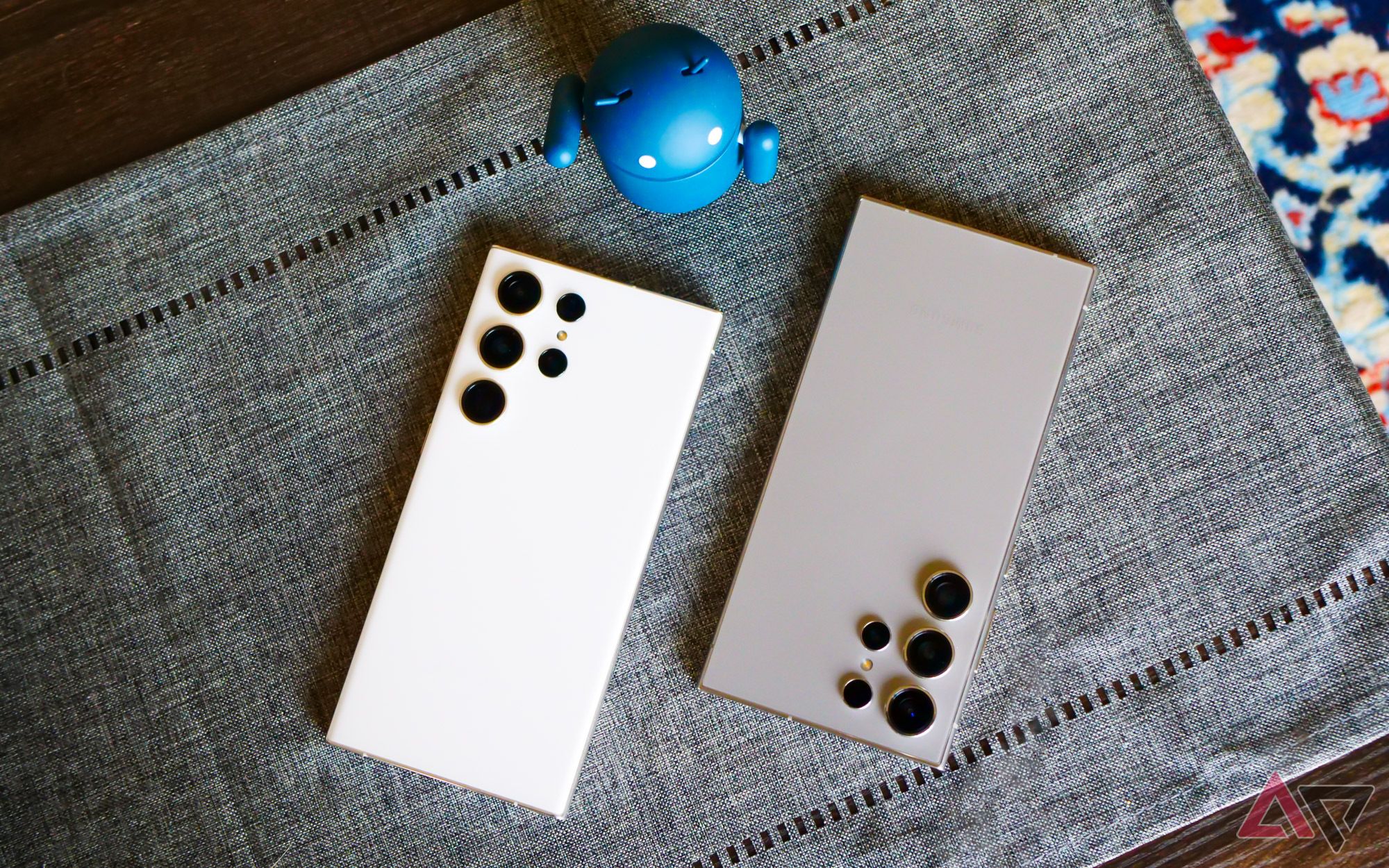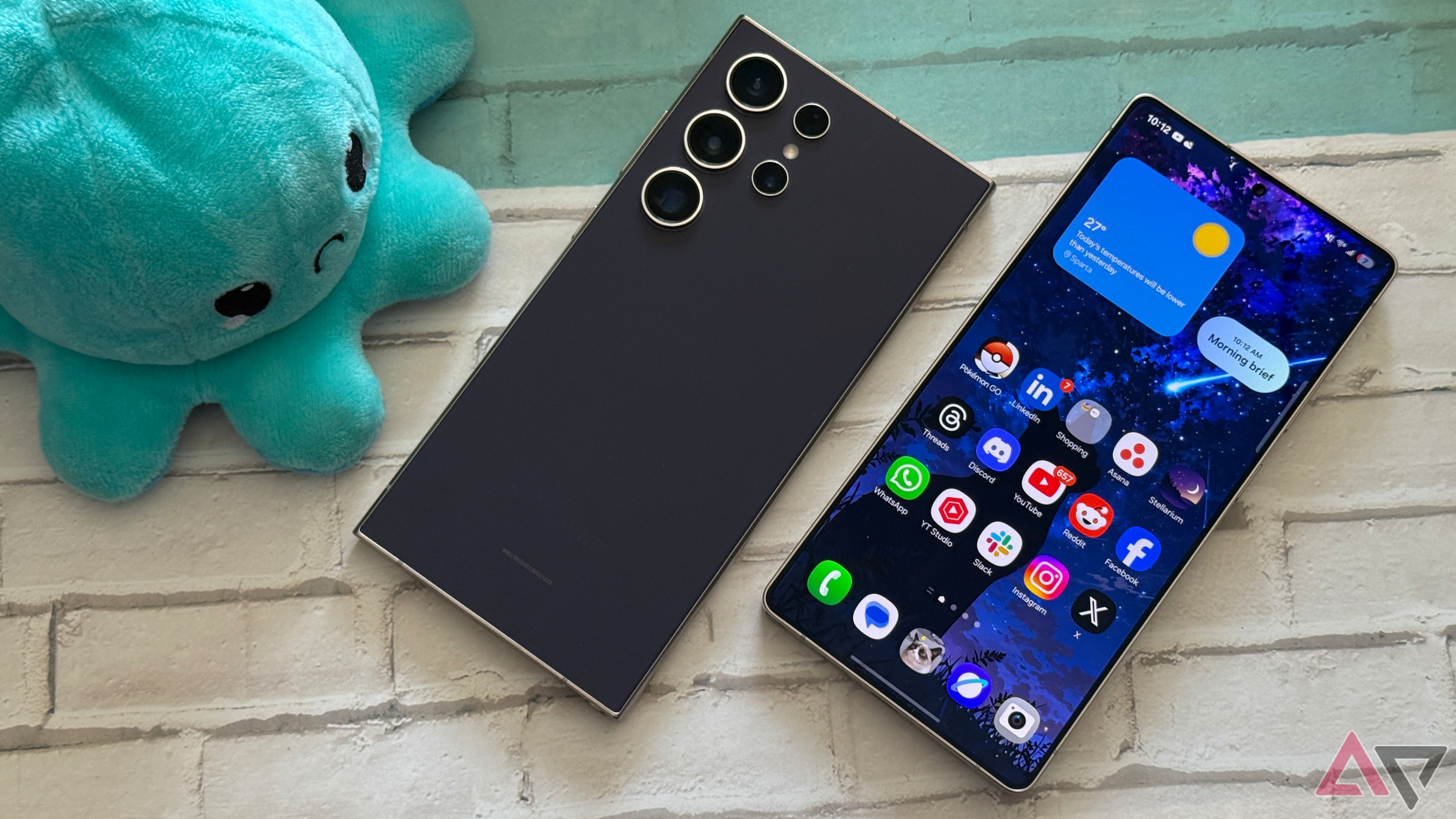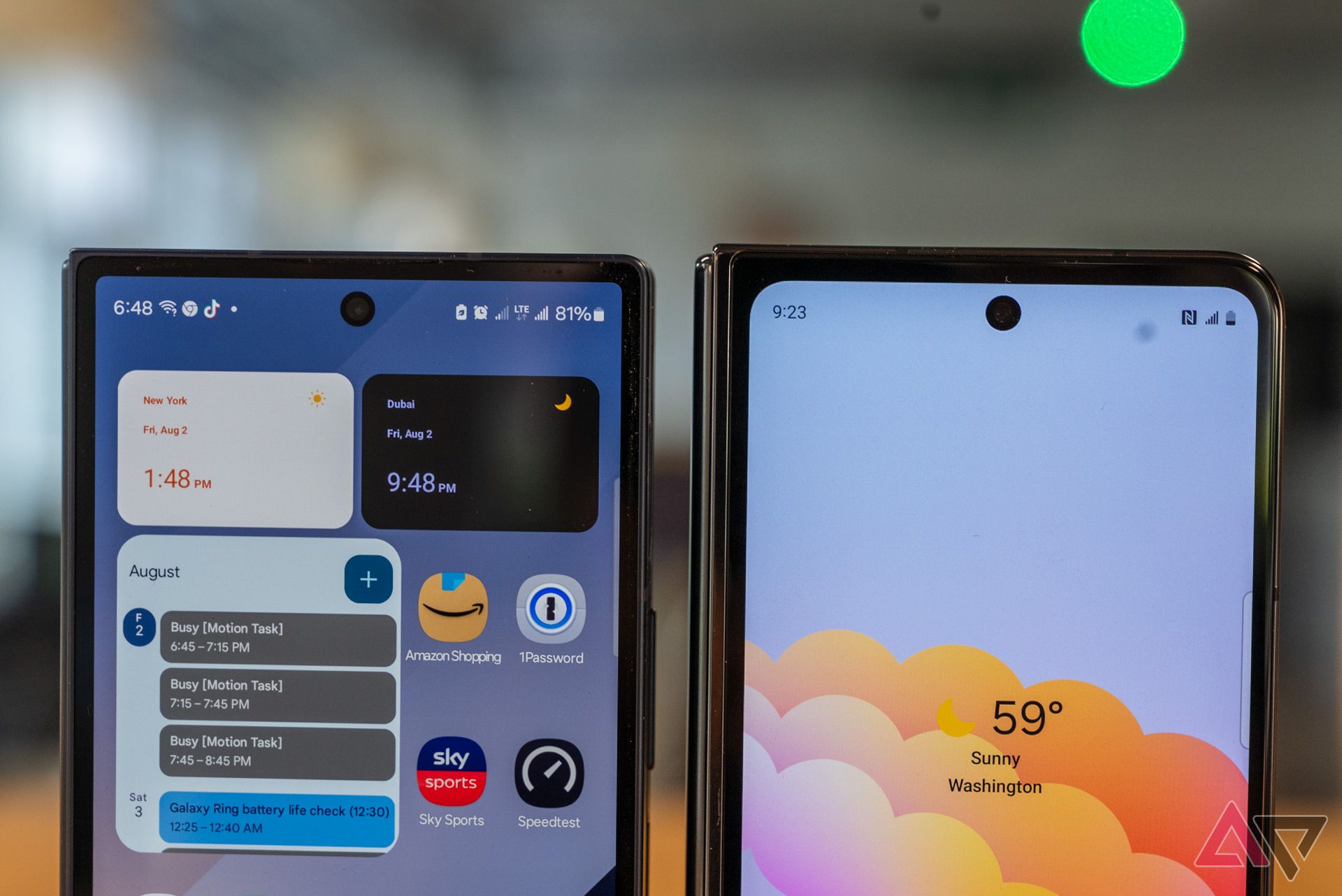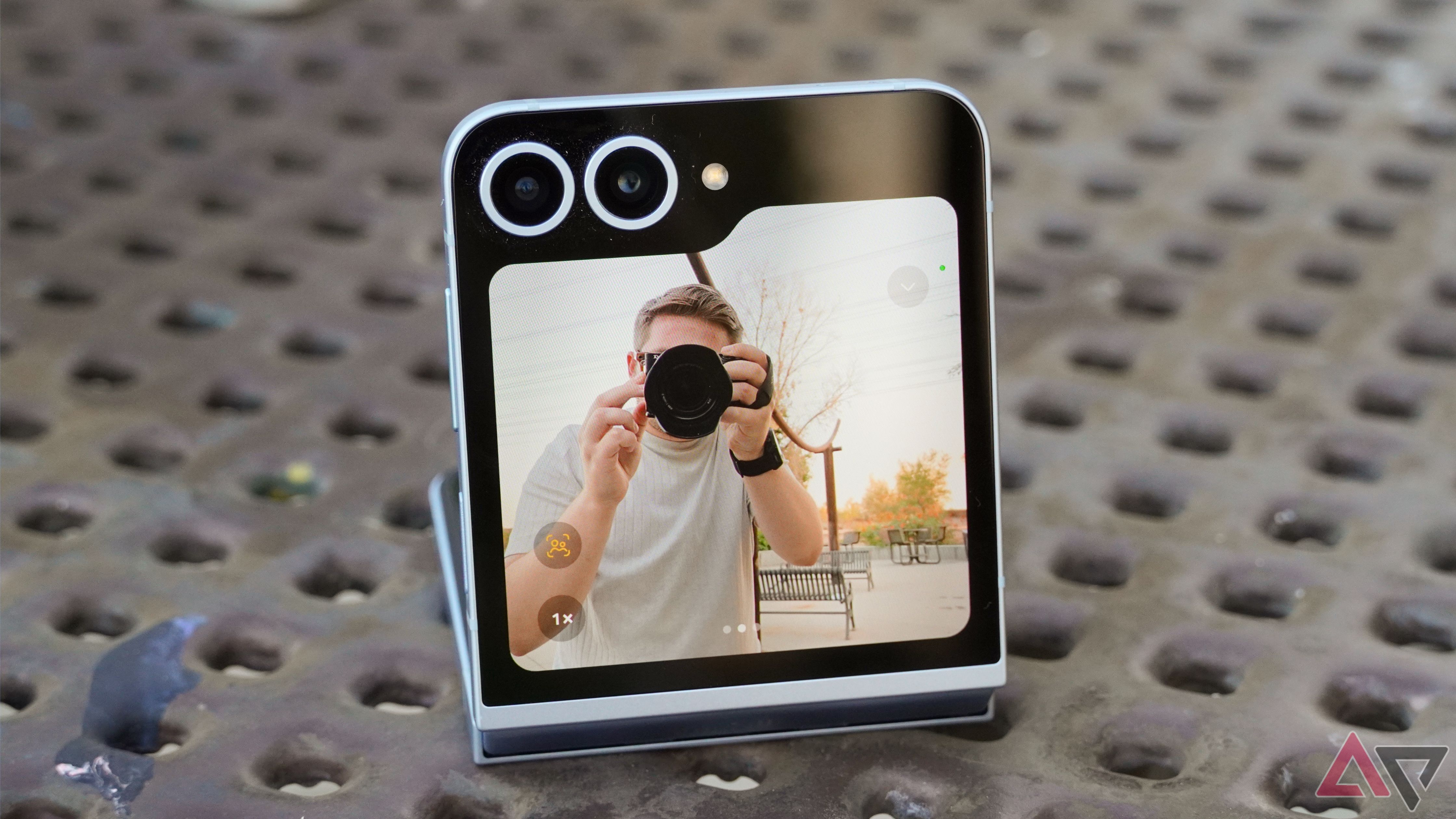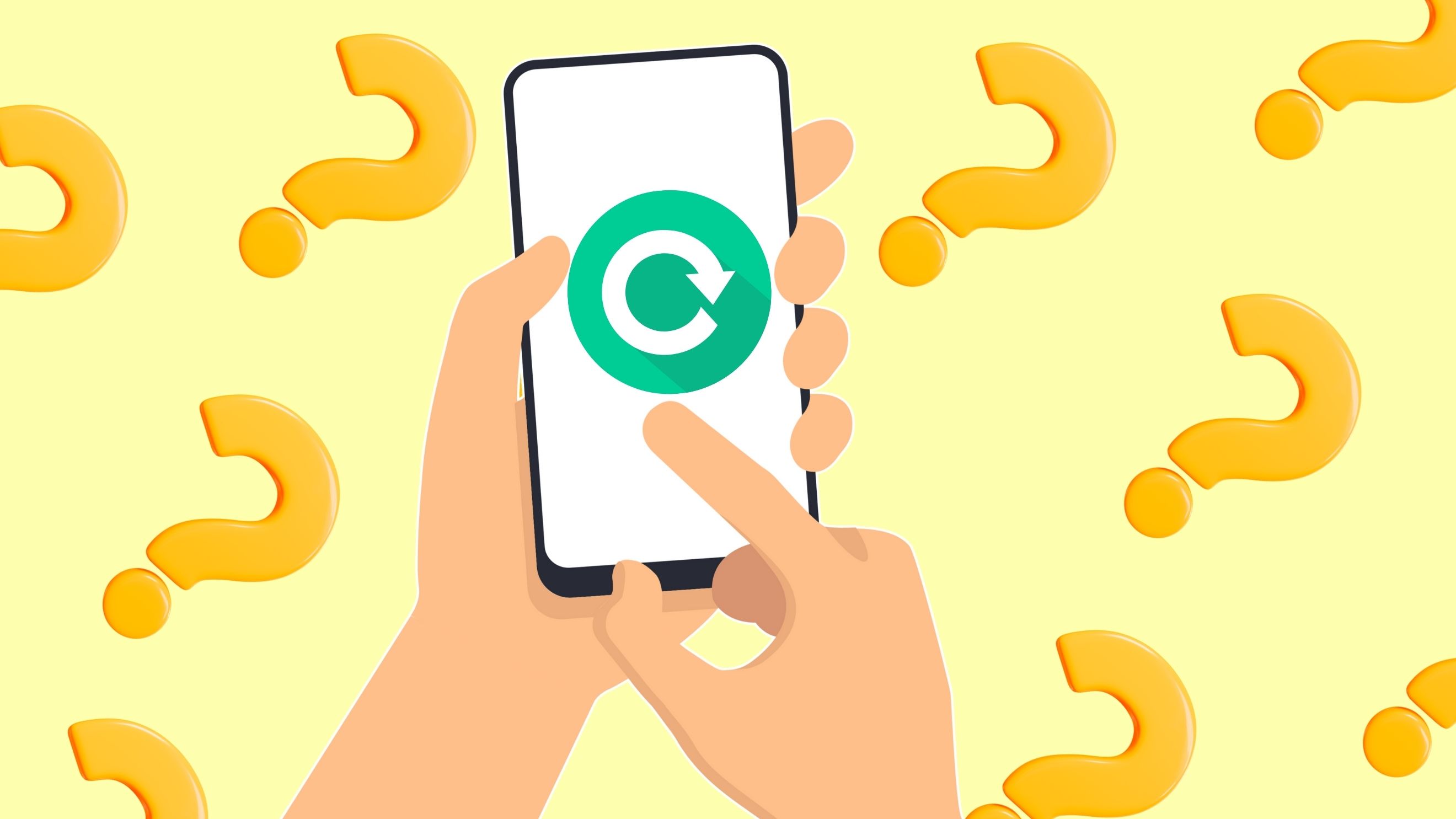In the early 2010s, when smartphones started getting popular, I scoured the internet to find the perfect Android flagship. Year-on-year improvements were significant then, so upgrading a phone every year or two made more sense. For instance, my dad bought me the Google Nexus One in 2010, which people touted as the “iPhone killer.” A year later, Samsung’s Galaxy S II destroyed it in almost every department.
In recent years, the thrill of yearly upgrades has waned. Chasing the absolute “best” phone every year is exhausting, expensive, and unnecessary. Now, I upgrade my Android phone every two years or so, and I don’t go for the best one. Instead, I try something unique, like the Samsung Galaxy Z Flip 5 I bought in 2023. Here’s why I changed my perspective on smartphone upgrades.
Related
Smartphone upgrades aren’t what they used to be, and AI isn’t enough
Outside of foldables, smartphones are becoming far too iterative in updates
5
Diminishing returns each year
The incremental upgrades aren’t worth paying full price for
Gone are the days when we got generational improvements from one year to the next, like the jump from dual-core to quad-core CPUs and 480p to 720p and 1080p displays. Nowadays, manufacturers launch new phones every year with faster processors, slightly brighter screens, marginally better cameras, and mildly improved battery life. While these upgrades sound impressive on paper, they don’t make a meaningful difference in real-world use. The improvements, if any, are incremental at best.
For instance, when I tried my friend’s Galaxy S24 Ultra, which features a Snapdragon 8 Gen 3 chip, I barely noticed any improvements in app loading times or multitasking capabilities compared to my Z Flip 5 with the Snapdragon 8 Gen 2 chip. It has significantly better cameras, mainly because my phone is foldable. The image quality looks mostly the same as the S23 Ultra. Spending over $1,000 for incremental upgrades like these has become increasingly difficult to justify.
4
They’re barely different from each other
No matter the brand, the specifications are mostly similar
Smartphone advancement has reached the point where most flagship Android phones share similar specs. For instance, you can expect a flagship Android phone in 2025 to pack Qualcomm’s Snapdragon 8 Elite chip. It doesn’t matter whether you get the Galaxy S25 Ultra or the OnePlus 13 if performance is your top priority, since they have the same processor. Design-wise, they’re not that different, at least from the front. No matter what flagship phone you buy, you get a nearly bezel-less screen with a hole-punch camera cutout.
I miss the uniqueness of Android phones from over a decade ago. Manufacturers did their best to make their phones look different from each other. Some of them had unique hardware features, like the Sony Xperia Play, which featured dedicated PlayStation-inspired buttons for gaming. Today, for over $1,000, you get a boring slab of metal and glass that lacks individuality. You can buy one of the many folding phones to stand out, but they’re starting to look similar to each other.
3
Software support has improved
Manufacturers are quicker to roll out OS updates
In the early days of smartphones, manufacturers were slow to roll out software updates. Some phones shipped with outdated versions of Android. For instance, the Sony Xperia X10 shipped with Android 1.6 Donut in March 2010, when the Nexus One was available with Android 2.1 Eclair. It wasn’t until October 2010 that Sony rolled out this newer version to Xperia X10 users. Also, manufacturers often dropped software support after one or two major Android OS updates.
Fast forward to 2025, and almost all manufacturers release their phones with the latest version of Android pre-installed. Top companies like Google and Samsung also promise Android OS and security updates for seven years for their high-end models, so you don’t have to upgrade your phone as often to experience the latest software. Additionally, manufacturers are better at rolling out timely updates. You no longer have to wait several months. For instance, OnePlus rolled out Android 15 to OnePlus 12 a month after Google released it for its Pixel devices.
2
The novelty fades quickly
You’ll regret paying full price for a phone that’s marginally better
I still get that initial rush when unboxing a new flagship Android phone. The sleek design, fresh features, and the satisfaction of owning something brand-new are appealing. Yet, I’ve repeatedly found this excitement incredibly fleeting. The novelty doesn’t even last a few weeks, and my phone quickly becomes just another everyday tool, almost indistinguishable from the one I previously owned. Soon enough, buyer’s remorse kicks in because I spent over $1,000 on a phone that’s barely any better in real-world use.
Nowadays, if I get excited when a new flagship phone comes out, I remind myself that this excitement is temporary. I focus less on the initial buzz of novelty and more on the satisfaction of having a reliable, practical device. It’s not wise to pay a hefty price annually for a new phone, especially when my current one is perfectly capable. Even when I upgrade every two years or so, I trade in my old device to save some money on my purchase. If you’re often tempted to upgrade, learn to embrace the strengths of the phone that’s in your pocket.
1
Photos look almost the same
Camera improvements barely translate into the real world
Camera quality is one of the main reasons people buy high-end Android phones. That’s why manufacturers don’t waste time boasting about sharper images, improved low-light capabilities, and new computational photography features. However, these improvements don’t make much of a difference in the real world. And that’s coming from someone who used to obsess over DxOMark scores and pixel binning algorithms.
Most of us share photos on Instagram, which compresses images to save server space and improve loading times. So, any tangible difference may be hard to spot. What’s the point of buying the “best” Android phone every year when a flagship phone from two years ago takes photos and videos that look no different at first glance? Since most flagship phones shoot photos that exceed my daily needs for social media sharing, I don’t need to spend hours or days trying to find the best one. I’d rather edit my photos and make them look better.
Related
There’s no need to chase cutting-edge hardware
I’m relieved that I no longer have the desire to own the “best” Android phone every year. Mainstream smartphones have become boring and expensive, and it’s not worth wasting my time trying to find the best one. In the last couple of years, manufacturers have pushed gimmicky AI features rather than focusing on hardware improvements that make a meaningful difference in everyday use. This industry shift made me appreciate my current phone more than ever and embrace practicality in the long run.
If you have a flagship phone from last year, don’t be tempted to upgrade to its successor this year. You’ll only notice genuine leaps in performance, features, and quality when you upgrade your phone every two or three years. Smartphone innovation has plateaued, and it’s time for manufacturers to move away from annual phone releases to get people excited again.


